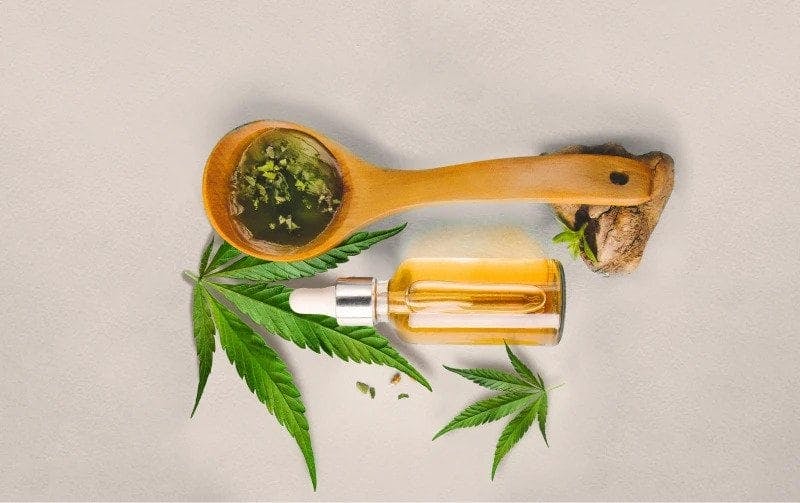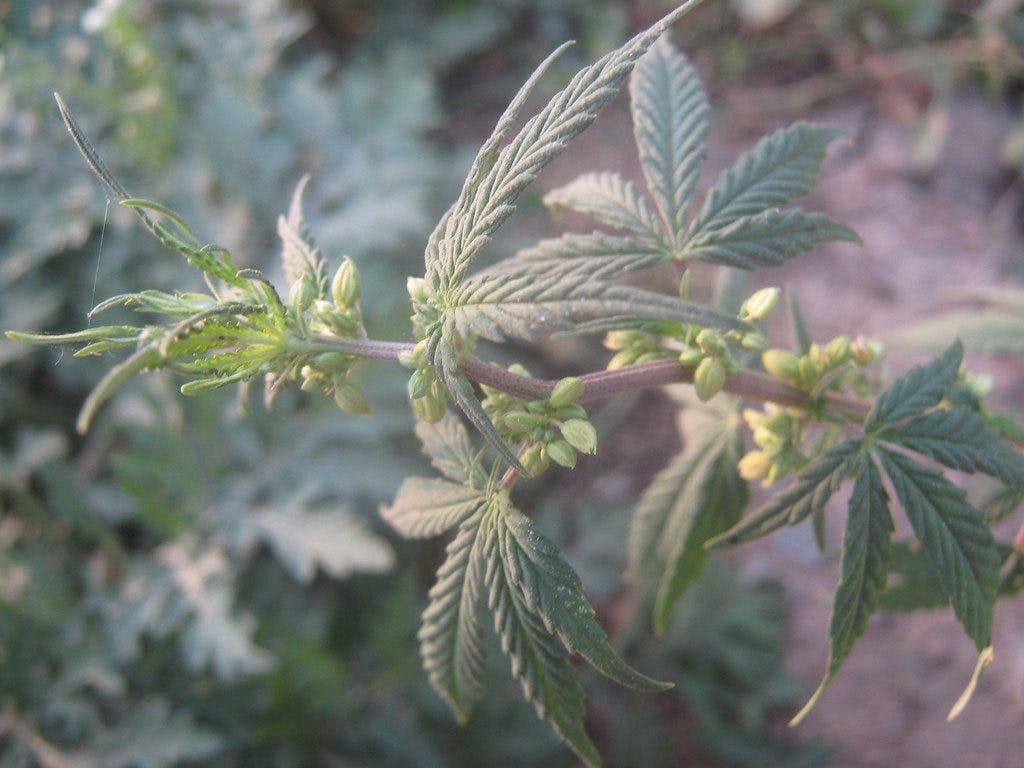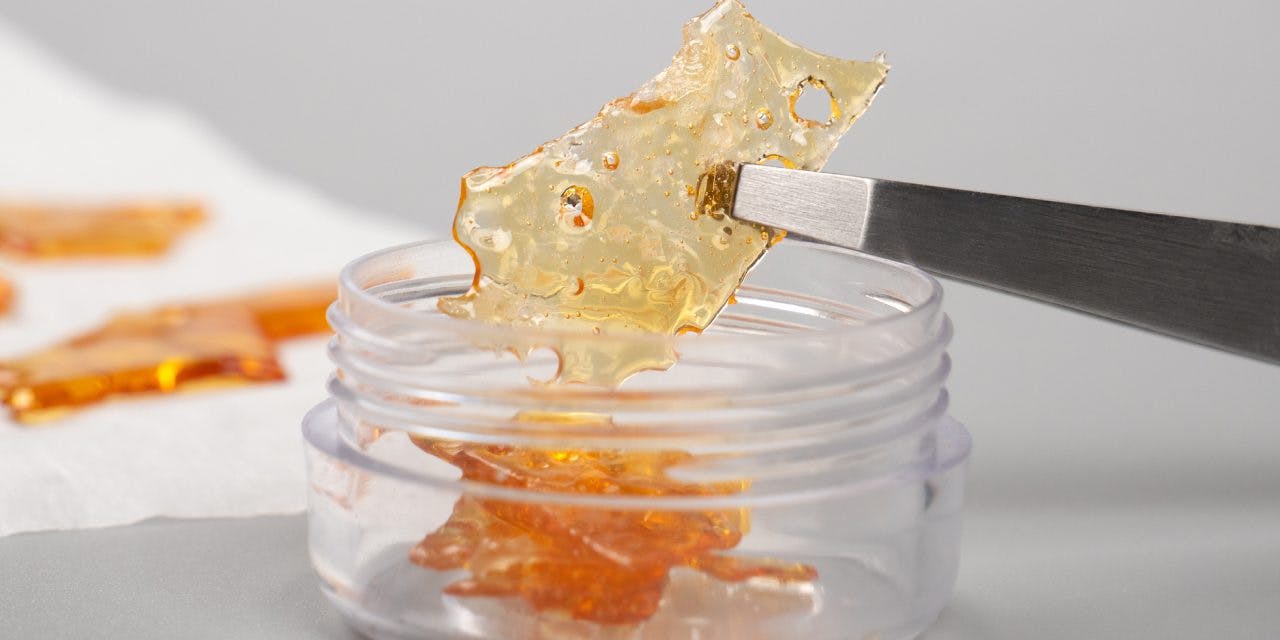
Topics




Latest news
Get Your Medical Card
Connect with a licensed physician online in minutes
Articles

Best Sustainable Cannabis Brands to Support this Earth Day
Celebrate Earth Day with sustainable cannabis brands like Stone Road, Wyld, and Charlotte’s Web that live and breathe environmental stewardship.

Complete Guide to the Endocannabinoid System
The endocannabinoid system (ECS) refers to the human body’s ability to produce its own natural cannabinoids. The ECS keeps the body in balance.

What Is Hemp?
Hemp is one of humanity’s oldest and most versatile domesticated crops, employed in uses ranging from food to building materials.

What is Cannabis Flower?
What is cannabis flower, and what can it be used for? Here’s more about what marijuana flowers are, and if there’s any difference between indicas & sativas.

How to Stop Being High: 10 Tips for Sobering Up
There are a few things you can do — including hydrating, sleeping, and eating — to stop being high.

Shatter: What Is It, and How Do You Use It?
Shatter is a potent cannabis concentrate resembling orange-colored glass. It’s often dabbed with a dab rig and has a high THC concentration.

